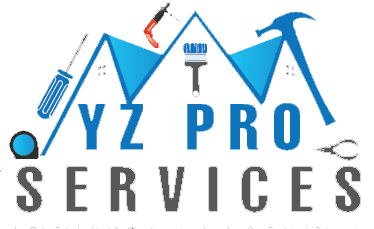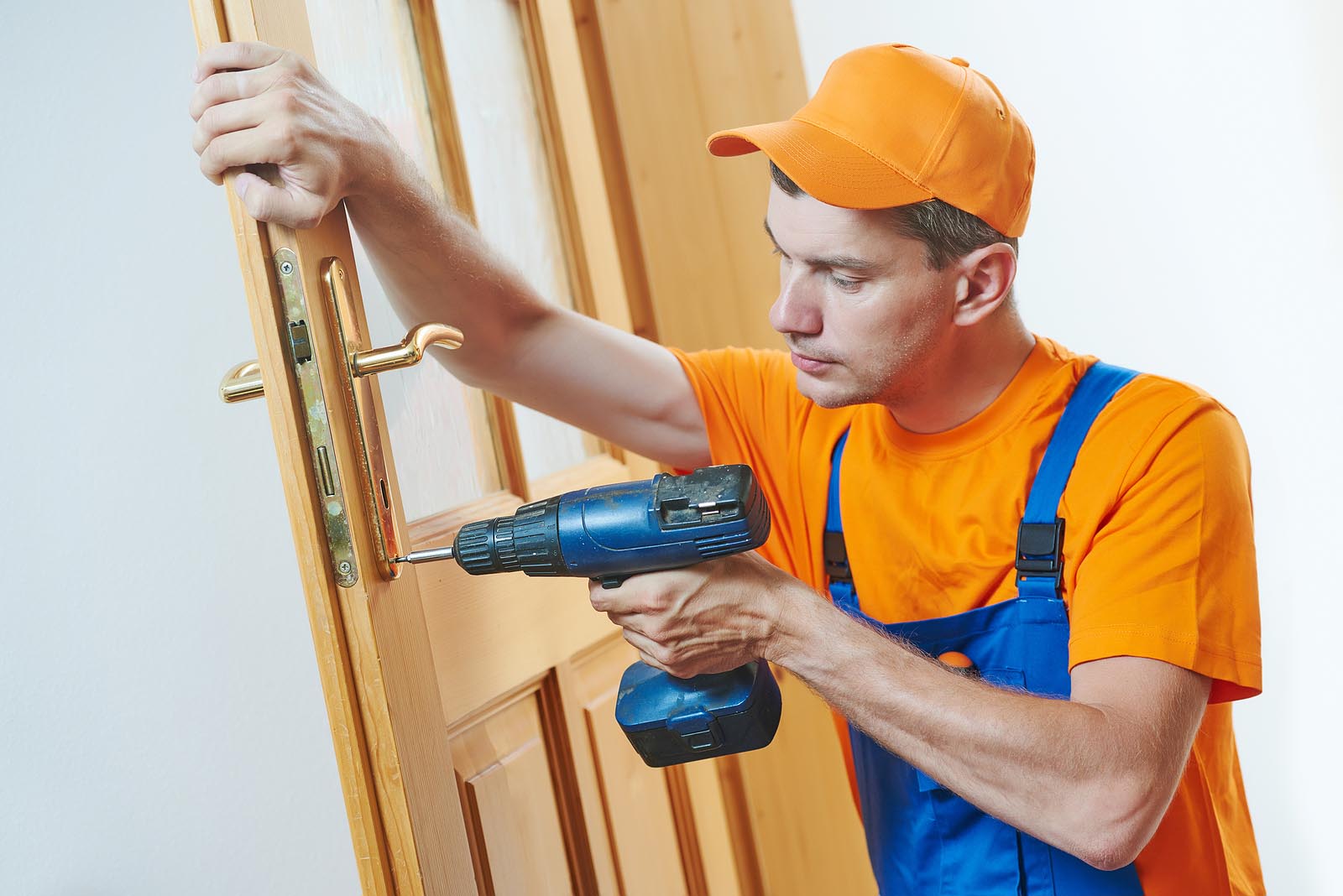DIY vs. Professional: When to Hire a Handyman
Maintaining a home involves regular repairs and fixes, prompting the eternal debate: DIY or hire a professional? Deciding when to take on a task yourself and when to call in a professional handyman requires careful consideration. Let’s delve into the factors that influence this decision-making process.
Factors to Consider:
Complexity of the Task:
Assess the complexity of the repair or project. Simple tasks like changing a light fixture might be DIY-friendly, while complex electrical or structural work should be left to professionals. Consider the tools and expertise required; if the task demands specialized tools or knowledge beyond your comfort zone, professional help might be the safer choice.
Time, Resources, and Skillset:
Consider the time and resources needed. Do you have the necessary skills and tools? Will learning on the job cause delays or additional expenses? Assessing your skillset against the task’s requirements is crucial; sometimes, the time invested in learning might outweigh the benefits of DIY.
Safety Concerns:
Prioritize safety. Some repairs involve risks; it’s best to hire a professional if there’s potential for injury or property damage. Tasks involving electrical, gas, or structural components pose significant safety hazards. Professionals are trained to handle these situations safely.
Quality and Longevity of Work:
A professional’s expertise often ensures better quality and longer-lasting results. DIY attempts may lack finesse and durability, potentially leading to recurring issues or the need to redo the work.
Cost Considerations:
Evaluate the costs involved in both scenarios. While DIY might seem cheaper upfront, mistakes could lead to higher expenses in rectifying errors. Compare the cost of materials, tools, and your time against the quote from a professional.
Legal Compliance:
Some repairs or modifications require adherence to building codes and regulations. Professionals are typically aware of these and ensure compliance, avoiding potential legal issues in the future.
Balancing DIY and Professional Help:
Understanding your capabilities and the complexity of the task is crucial. Simple, low-risk tasks are great for DIY enthusiasts, but certain projects demand professional attention. Research, seek advice, and consider the potential risks and benefits before making a decision.
- Educate Yourself: Utilize resources like tutorials, guides, or workshops to enhance your skills for manageable tasks. Start with smaller projects to build confidence and skills gradually.
- Consultation: If uncertain, consult a professional. Sometimes, a professional’s advice can save time money, and prevent mishaps. They can also offer insights or alternate solutions that might not be apparent to DIYers.
- Hybrid Approach: Consider a mix. DIY certain aspects and delegate complex or risky parts to a professional. This can save costs while ensuring quality and safety.
Conclusion:
The DIY vs. professional debate in home repairs is nuanced. Making informed decisions based on task complexity, safety, resources, and costs is crucial. Acknowledging your limits and understanding when to seek professional help will lead to better outcomes.
By weighing these factors thoughtfully, homeowners can navigate repairs effectively, ultimately leading to a safer, more efficient, and cost-effective home maintenance strategy. Balancing DIY endeavors with professional expertise ensures that the home is well-maintained without compromising safety or quality. While DIY can be rewarding, knowing when to bring in a professional ensures that tasks are handled efficiently and effectively, leading to a well-maintained and safe home environment.


